Home>Gardening & Outdoor>Landscaping Ideas>What Kind Of Grass Is Wimbledon
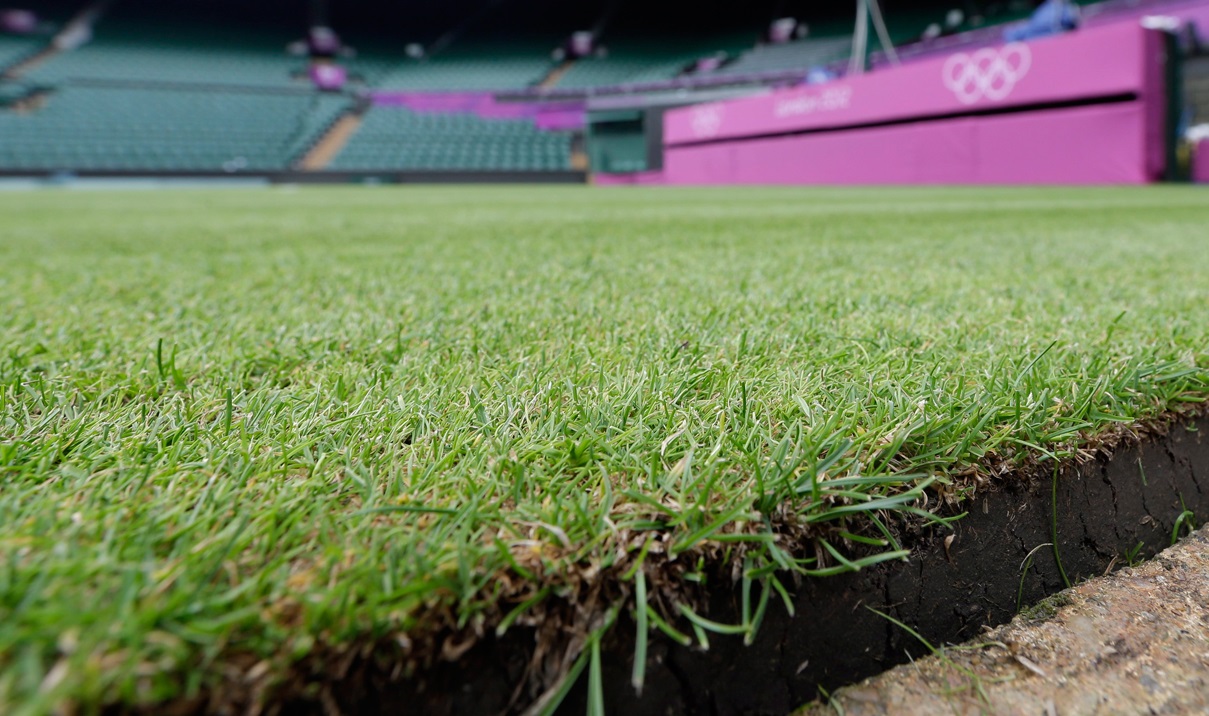

Landscaping Ideas
What Kind Of Grass Is Wimbledon
Published: January 28, 2024
Discover the best landscaping ideas with the right type of grass for your yard. Learn what kind of grass is used at Wimbledon and enhance your lawn today!
(Many of the links in this article redirect to a specific reviewed product. Your purchase of these products through affiliate links helps to generate commission for Storables.com, at no extra cost. Learn more)
Introduction
Wimbledon, the oldest tennis tournament in the world, is renowned for its prestigious grass courts. The luscious green surface has been witness to some of the most iconic moments in tennis history, captivating audiences with its unique characteristics. As the only Grand Slam tournament still played on grass, Wimbledon holds a special place in the hearts of players and fans alike. The grass at Wimbledon is not just any grass; it is meticulously cared for and has its own distinct identity. In this article, we will delve into the intriguing world of Wimbledon grass, exploring its history, types, maintenance, and the challenges involved in preserving its pristine condition. Join us as we unravel the secrets of the hallowed lawns of Wimbledon, where tradition and excellence intersect to create an unparalleled sporting spectacle.
Key Takeaways:
- Wimbledon’s grass courts are meticulously maintained with specific grass species like perennial ryegrass and creeping red fescue, creating a unique playing surface that rewards skill and agility in tennis.
- The challenges of maintaining Wimbledon’s grass courts, including weather fluctuations and intense player use, showcase the dedication and expertise of the groundskeeping team in upholding the tournament’s timeless allure.
Read more: What Kind Of Grass Is On Wimbledon Courts
History of Wimbledon Grass
The history of Wimbledon grass dates back to the inaugural Wimbledon Championships in 1877. The decision to use grass as the playing surface was influenced by the prevailing preference for lawn tennis during that era. The natural, uneven terrain of grass added an element of unpredictability to the game, requiring players to adapt their strategies and skills accordingly.
Initially, the grass courts at Wimbledon were comprised of a variety of grasses, including a significant proportion of rye grass. Over time, the composition of the grass evolved as the All England Club sought to enhance the playing conditions and durability of the courts. This led to the introduction of perennial ryegrass, a hard-wearing and resilient grass species that could withstand the rigors of intense tennis matches without compromising on the desired playing characteristics.
Throughout its storied history, Wimbledon has continuously refined its grass courts, incorporating advancements in turf management and horticultural practices to ensure a consistent and reliable playing surface. The meticulous attention to detail and unwavering commitment to preserving the unique attributes of grass court tennis have solidified Wimbledon’s reputation as the ultimate grass court tournament.
As the sport of tennis has evolved, so too has the grass at Wimbledon. The interplay between tradition and innovation has resulted in a harmonious balance, where the heritage of grass court tennis is upheld while embracing modern techniques to maintain the integrity of the playing surface. The evolution of Wimbledon grass mirrors the evolution of the sport itself, embodying a rich tapestry of tradition, excellence, and timeless allure.
Types of Grass Used at Wimbledon
Wimbledon’s iconic grass courts are predominantly composed of perennial ryegrass, a resilient and hard-wearing grass species that thrives in cool temperate climates. Perennial ryegrass is favored for its ability to withstand the intense wear and tear inflicted by tennis players during the tournament, while still providing a consistent and fast playing surface.
Within the category of perennial ryegrass, Wimbledon utilizes specific cultivars that have been carefully selected for their suitability to the unique demands of grass court tennis. These cultivars exhibit traits such as rapid post-damage recovery, fine leaf texture, and exceptional tolerance to close mowing, ensuring that the playing surface remains in optimal condition throughout the tournament.
In addition to perennial ryegrass, Wimbledon’s grass courts also feature creeping red fescue, a fine-leaved grass species known for its shade tolerance and ability to form a dense, uniform sward. The inclusion of creeping red fescue contributes to the overall resilience and aesthetic appeal of the grass courts, enhancing their ability to withstand the rigors of competitive tennis while maintaining an impeccable appearance.
The meticulous selection of grass species and cultivars at Wimbledon reflects a commitment to providing players with a surface that rewards skill, agility, and finesse. The interplay between perennial ryegrass and creeping red fescue creates a dynamic and responsive playing environment, where the ball interacts with the surface in a manner that is distinctively characteristic of grass court tennis.
By carefully curating the composition of grass species and cultivars, Wimbledon ensures that its courts embody the quintessential qualities of grass court tennis, offering players and spectators an unparalleled experience that is synonymous with the tournament’s storied legacy.
Wimbledon uses a specific type of grass called perennial ryegrass for its courts. This type of grass is known for its durability and ability to withstand heavy foot traffic, making it ideal for tennis courts.
Maintenance of Wimbledon Grass
The maintenance of Wimbledon’s pristine grass courts is a meticulous and labor-intensive process that begins long before the tournament commences. The All England Club’s groundskeeping team employs a comprehensive maintenance regimen designed to uphold the integrity and playing characteristics of the grass, ensuring that it meets the exacting standards expected at Wimbledon.
One of the fundamental aspects of grass court maintenance is mowing, a task that demands precision and expertise. The grass at Wimbledon is mowed to a height of 8 millimeters, significantly lower than the grass on other types of tennis courts. This close mowing height contributes to the unique playing dynamics of grass court tennis, where the ball skims low and the surface rewards aggressive, attacking play.
In addition to regular mowing, the grass courts undergo a rigorous aeration process to promote healthy root development and improve soil structure. This vital practice enhances the resilience of the grass, allowing it to withstand the physical demands of intense matches while maintaining optimal playing conditions.
Furthermore, the groundskeeping team at Wimbledon implements a specialized feeding and irrigation program to nourish the grass and sustain its vitality throughout the tournament. The precise application of nutrients and water is crucial in sustaining the grass’s vigor and resilience, ensuring that it remains lush and resilient despite the rigorous play it endures.
The meticulous care and attention dedicated to maintaining Wimbledon’s grass courts extend beyond the surface level. The underlying soil structure is carefully managed to provide an optimal foundation for the grass, promoting healthy root growth and overall turf health. This holistic approach to grass court maintenance underscores the commitment to preserving the unique playing characteristics that define Wimbledon’s hallowed lawns.
Ultimately, the maintenance of Wimbledon’s grass courts is a testament to the unwavering dedication to excellence and tradition. The meticulous care and expertise invested in nurturing the grass culminate in a playing surface that embodies the essence of grass court tennis, captivating players and spectators with its timeless allure and distinctive charm.
Challenges of Maintaining Grass Courts
Maintaining grass courts, particularly those of the caliber found at Wimbledon, presents a unique set of challenges that demand specialized expertise and unwavering dedication. The natural characteristics of grass, coupled with the rigorous demands of professional tennis, necessitate a meticulous and proactive approach to turf management.
One of the primary challenges in maintaining grass courts is the delicate balance between durability and playing quality. Unlike hard courts or clay courts, grass courts are inherently more susceptible to wear and tear, requiring careful management to prevent excessive compaction and surface degradation. The groundskeeping team at Wimbledon must navigate this delicate equilibrium, ensuring that the grass remains resilient while delivering the fast, low-bouncing surface that is synonymous with grass court tennis.
Furthermore, the temperamental nature of grass necessitates vigilant pest and disease management. The susceptibility of grass to fungal diseases and pest infestations poses a constant threat to the integrity of the playing surface. Mitigating these risks requires proactive monitoring, swift intervention, and the implementation of targeted control measures to safeguard the health of the grass courts.
Weather conditions also pose a significant challenge in the maintenance of grass courts. Unpredictable fluctuations in temperature, rainfall, and sunlight can impact the growth and condition of the grass, necessitating adaptive maintenance practices to mitigate the effects of inclement weather. The groundskeeping team at Wimbledon must remain agile in their approach, adjusting their strategies to accommodate the ever-changing environmental factors that influence the health and resilience of the grass.
Another noteworthy challenge is the demand for continuous play and practice on the grass courts leading up to and during the tournament. The intensive use of the courts by professional players, coupled with the requisite training sessions, exerts substantial pressure on the grass, necessitating meticulous recovery and maintenance efforts to ensure that the playing surface remains consistent and reliable throughout the event.
Despite these challenges, the unwavering dedication and expertise of the groundskeeping team at Wimbledon have consistently upheld the impeccable standards of the grass courts, reaffirming the tournament’s reputation as the pinnacle of grass court tennis. Their commitment to overcoming these challenges ensures that players and spectators alike can experience the timeless allure and distinctive thrill of Wimbledon’s hallowed lawns.
Read more: What Type Of Grass Is Wimbledon Played On
Conclusion
Wimbledon’s grass courts stand as a testament to the enduring legacy of grass court tennis, embodying a rich tapestry of tradition, excellence, and timeless allure. The meticulous curation of grass species and cultivars, coupled with the unwavering commitment to maintenance and preservation, has solidified Wimbledon’s reputation as the ultimate grass court tournament.
From its humble beginnings in 1877 to its current status as the oldest tennis tournament in the world, Wimbledon has remained steadfast in its dedication to grass court tennis. The history of Wimbledon grass reflects the evolution of the sport itself, mirroring the interplay between tradition and innovation that defines the tournament’s enduring appeal.
As Wimbledon continues to captivate audiences with its unique brand of tennis, the challenges of maintaining its pristine grass courts serve as a testament to the expertise and dedication of the groundskeeping team. Their unwavering commitment to overcoming the complexities of turf management ensures that the grass courts remain a pinnacle of sporting excellence, providing players and spectators with an unparalleled experience that is synonymous with the tournament’s storied legacy.
In essence, Wimbledon’s grass courts transcend the realm of sports, serving as a symbol of timeless tradition, sporting prowess, and unwavering dedication. The luscious green surface, meticulously cared for and steeped in history, stands as a hallowed stage where champions are crowned and indelible moments etched into the annals of tennis history.
As we celebrate the enduring allure of Wimbledon’s grass courts, we are reminded of the indelible magic that unfolds upon the hallowed lawns, where tradition and excellence converge to create an unparalleled spectacle. The legacy of Wimbledon grass endures, beckoning players and fans alike to partake in the timeless tradition of grass court tennis, where every stroke, every rally, and every triumph resonates with the echoes of history and the promise of greatness.
Frequently Asked Questions about What Kind Of Grass Is Wimbledon
Was this page helpful?
At Storables.com, we guarantee accurate and reliable information. Our content, validated by Expert Board Contributors, is crafted following stringent Editorial Policies. We're committed to providing you with well-researched, expert-backed insights for all your informational needs.
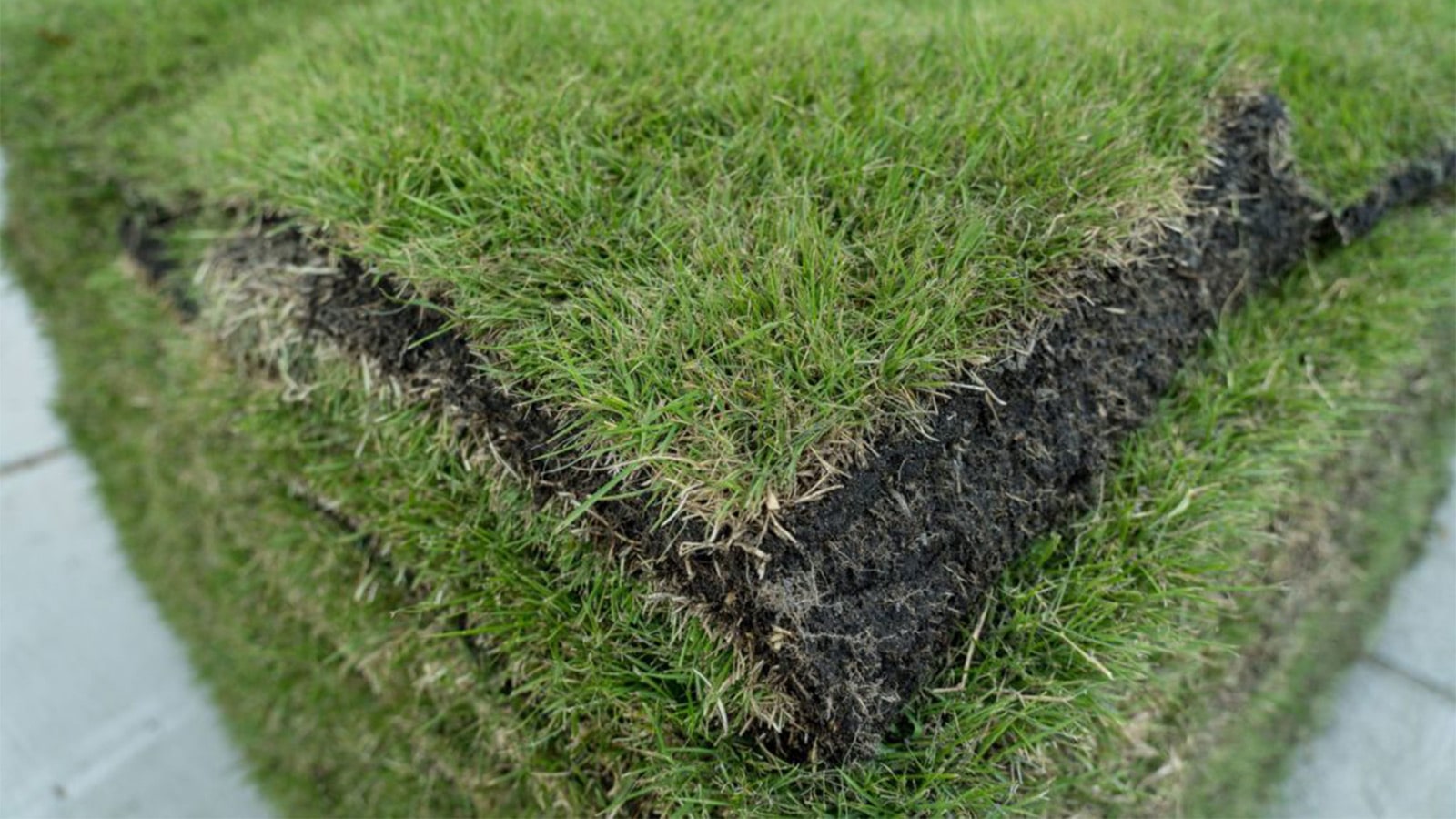
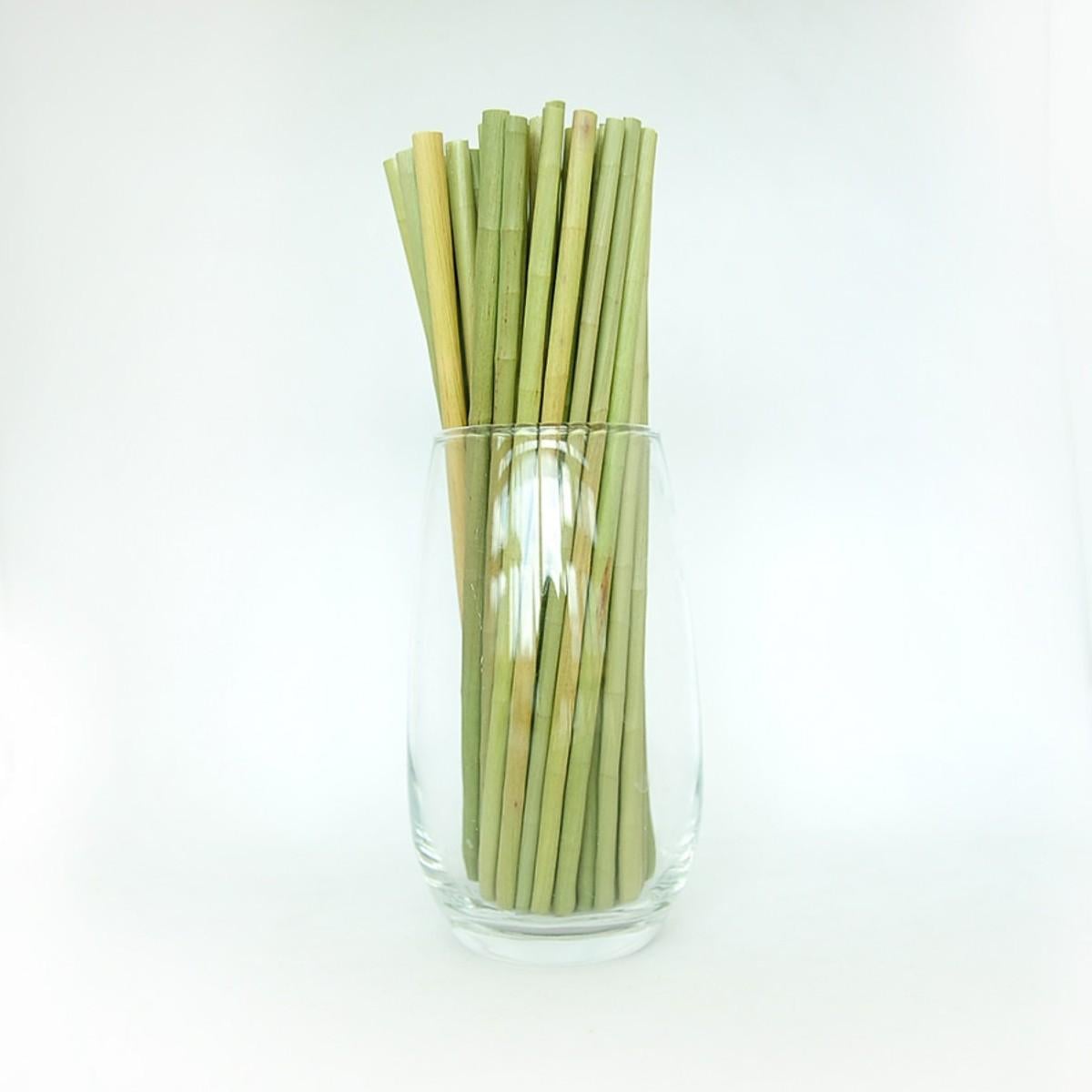
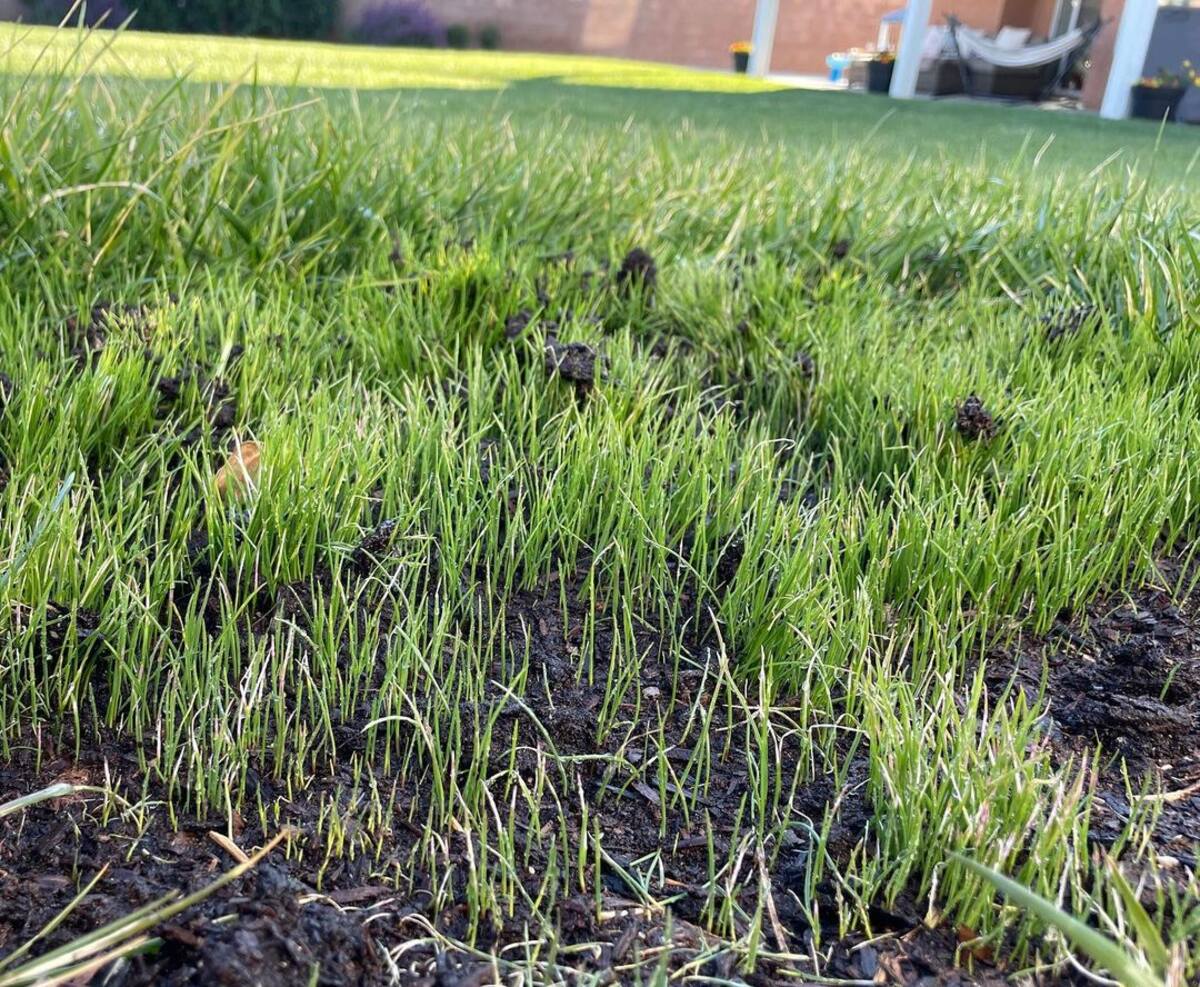
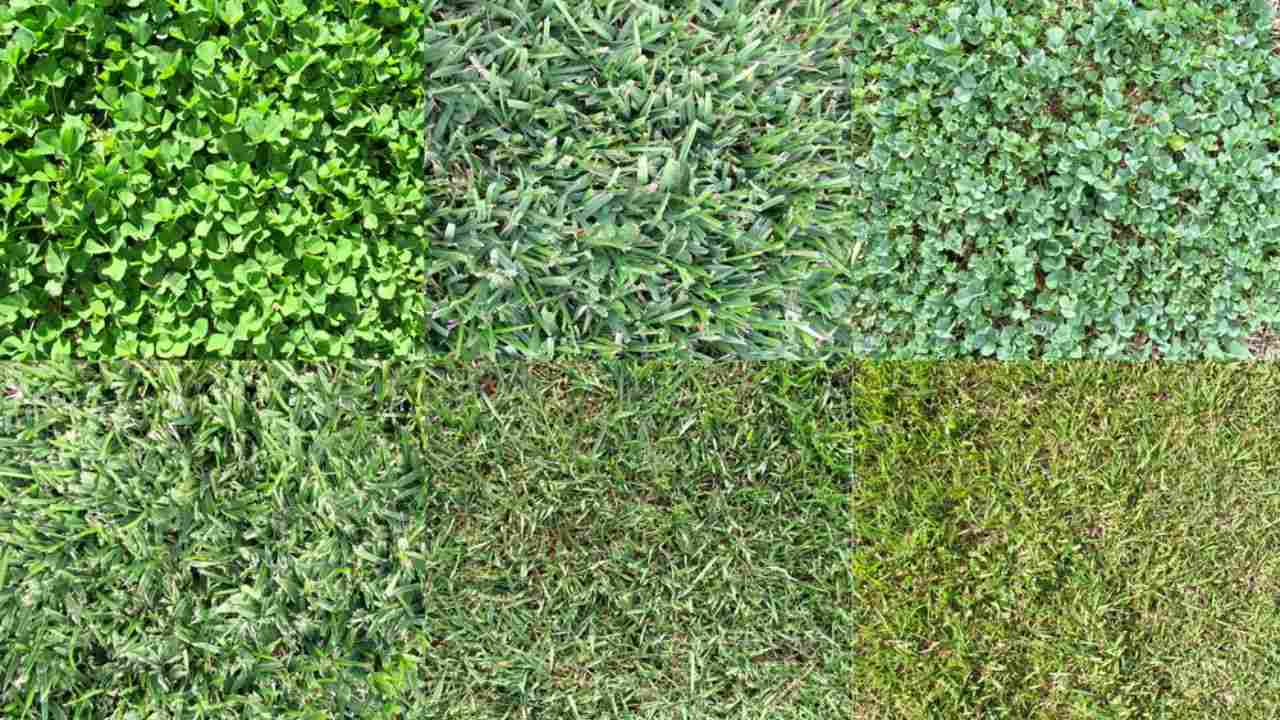
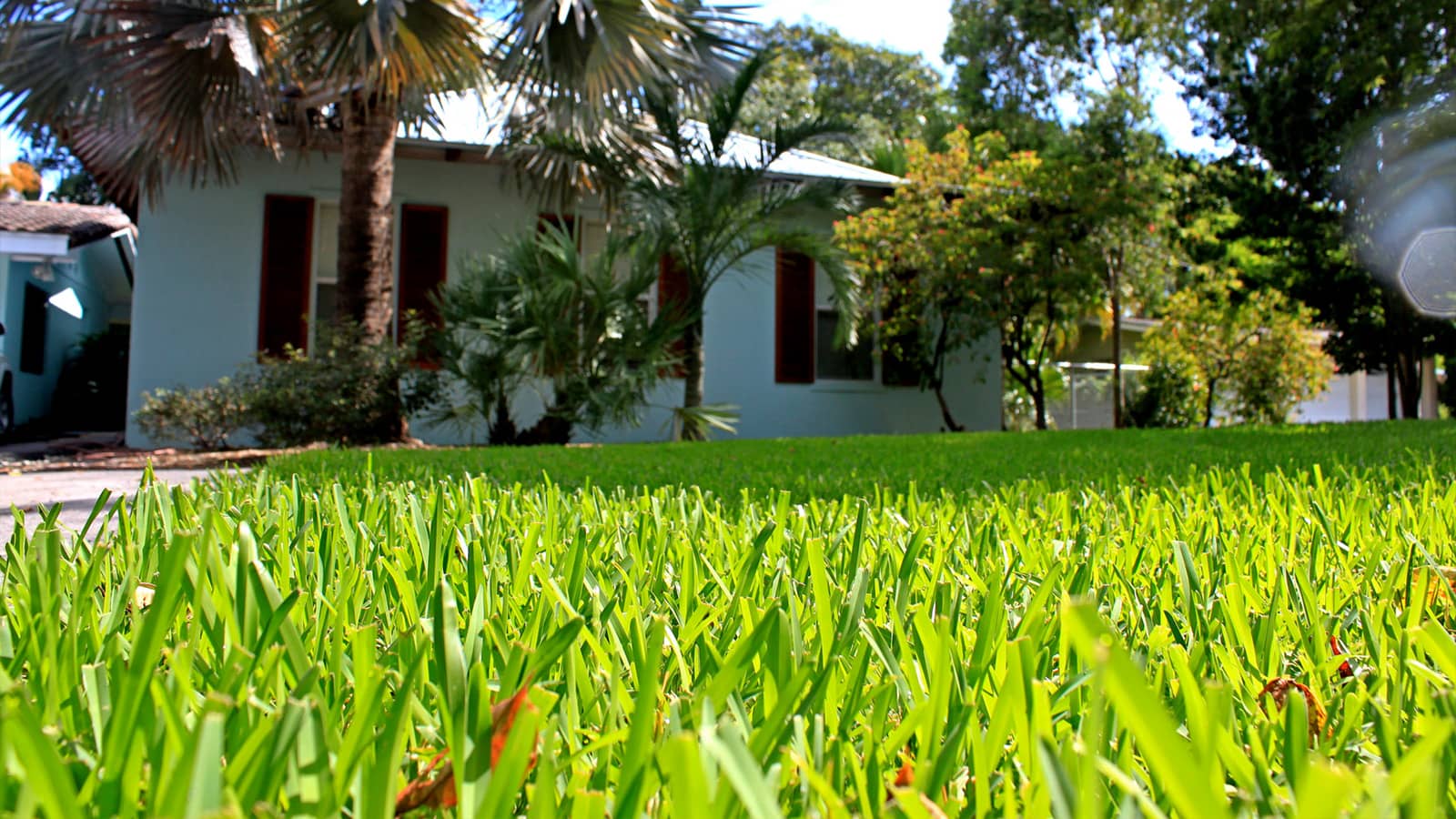
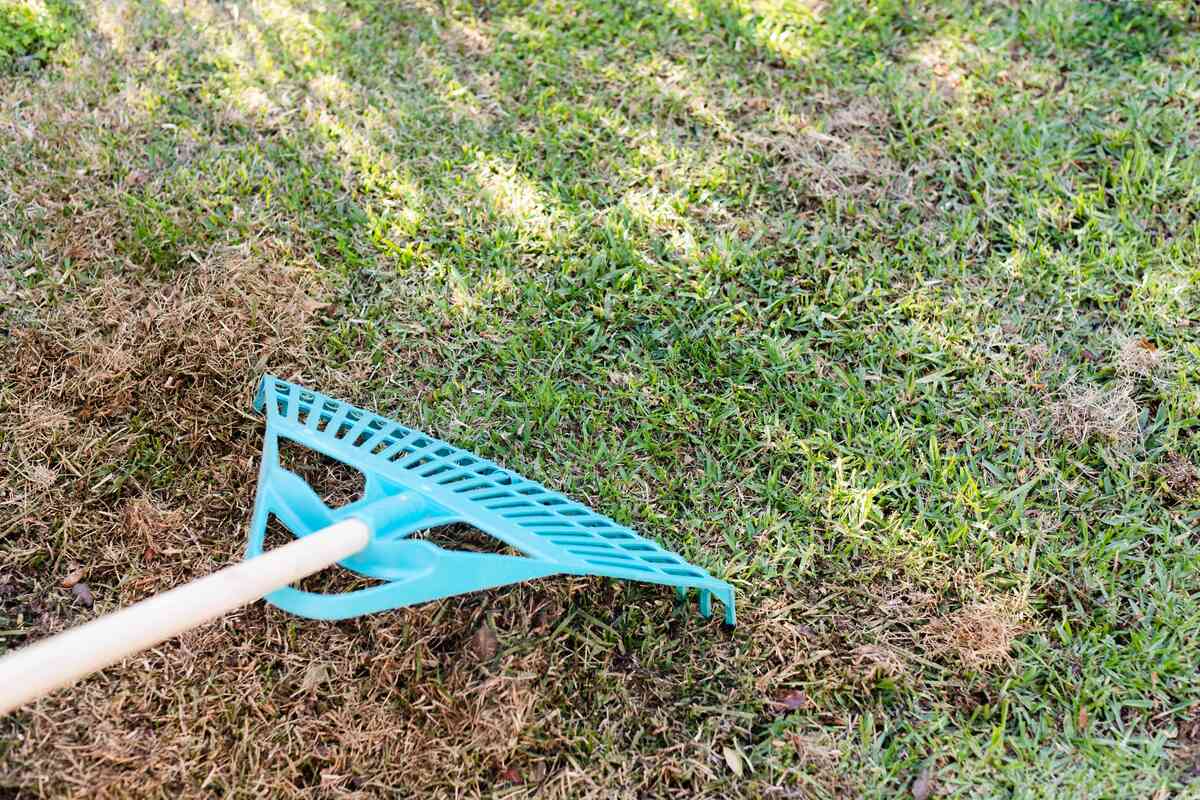
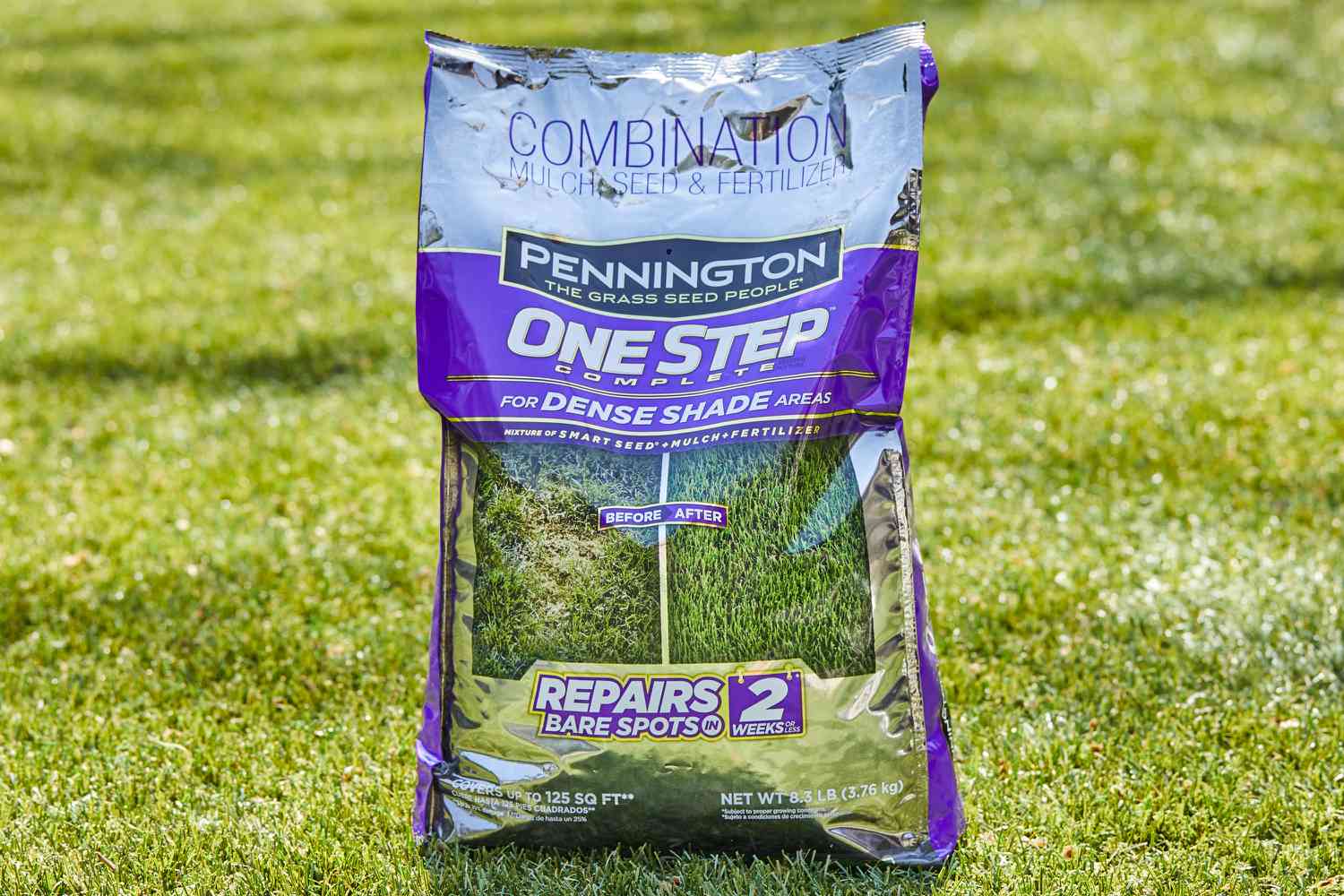
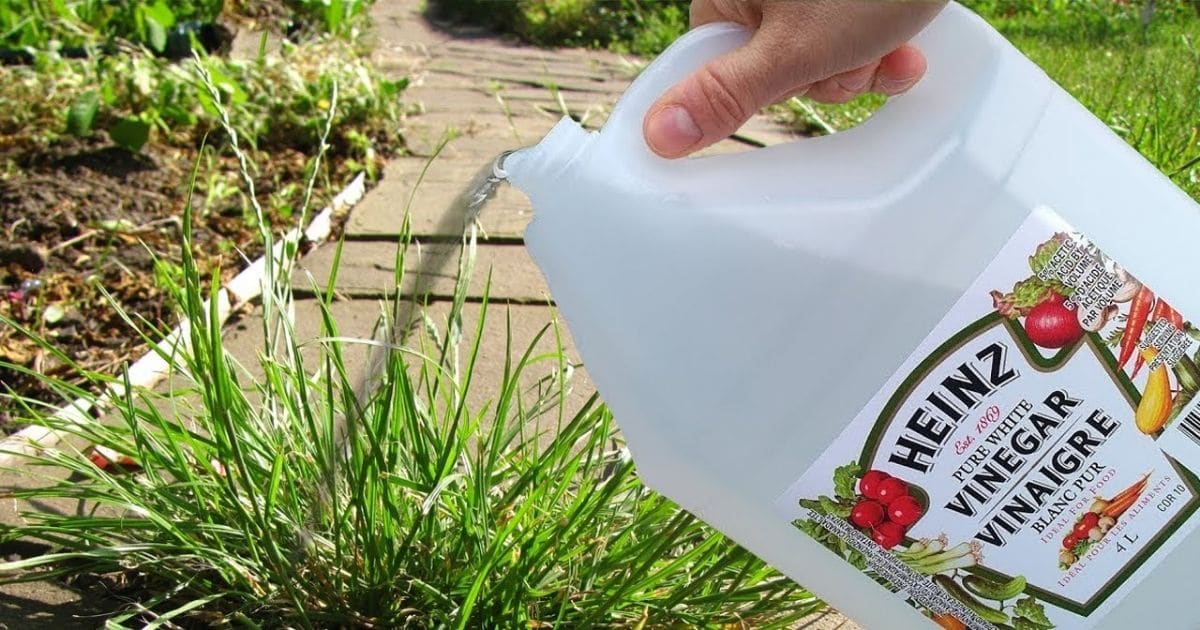
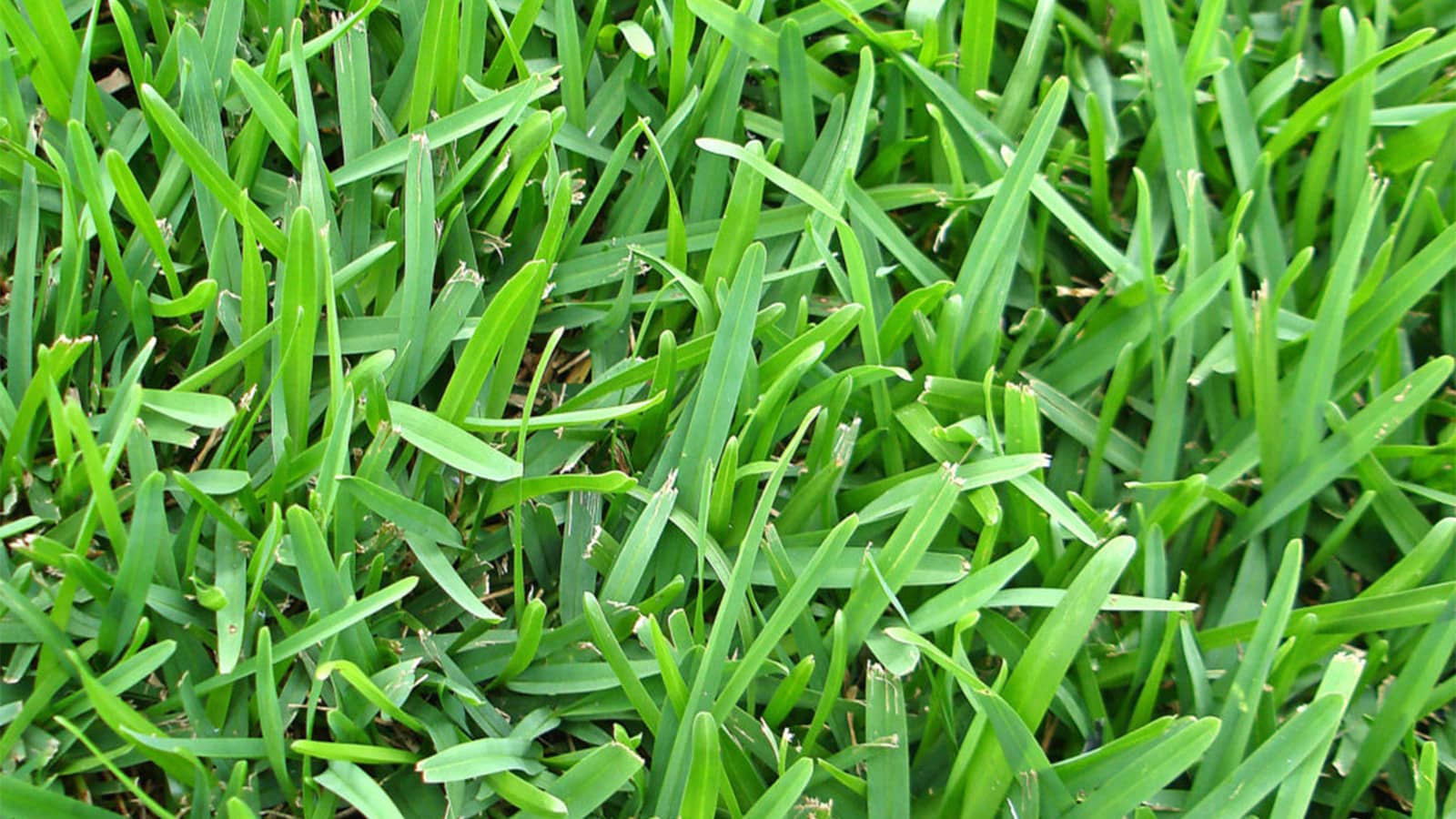
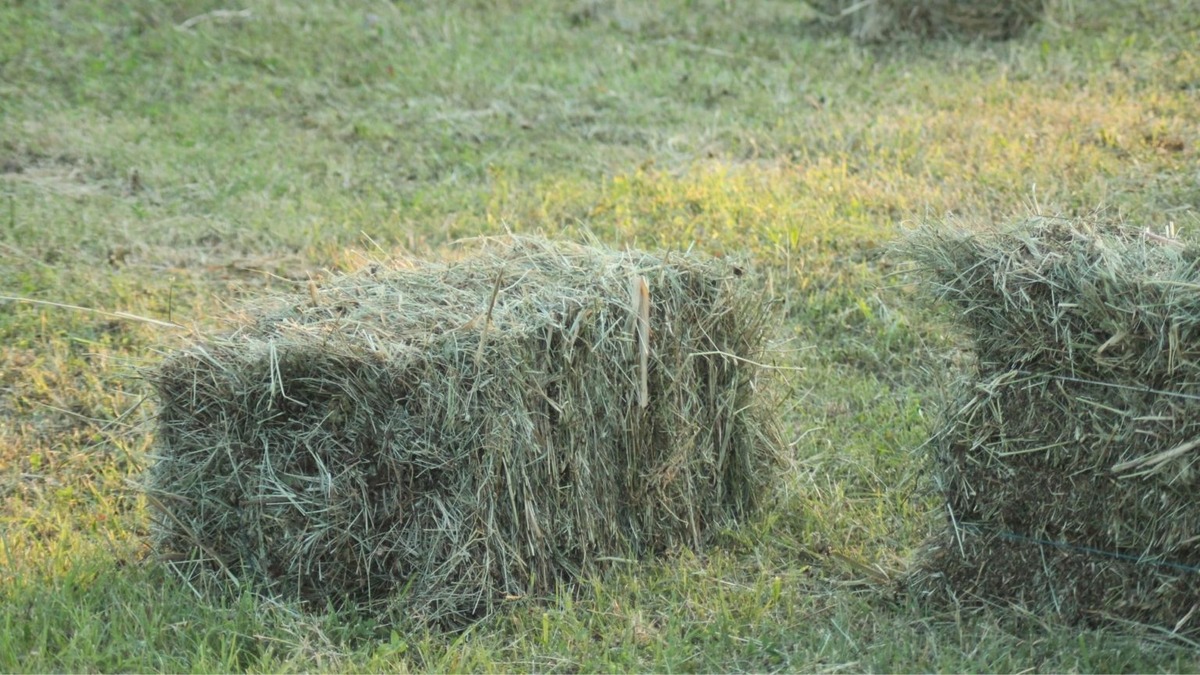
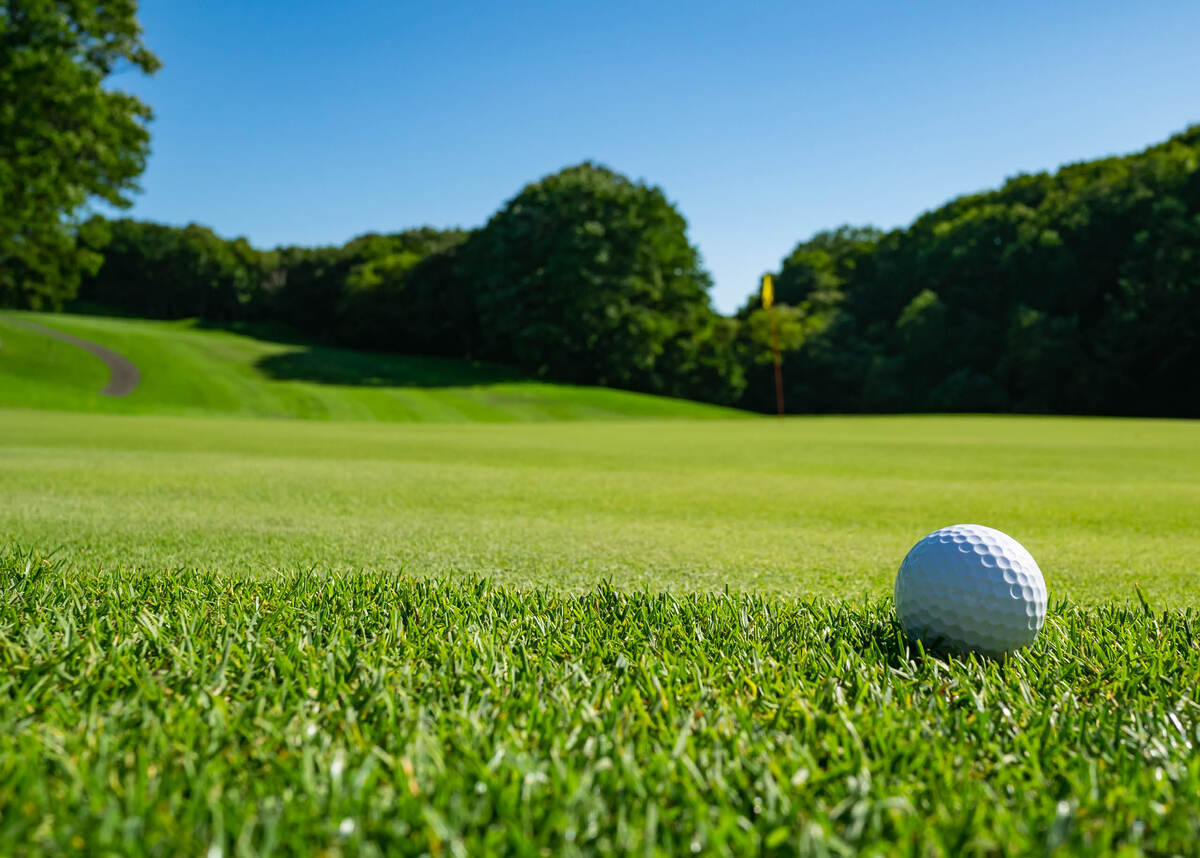
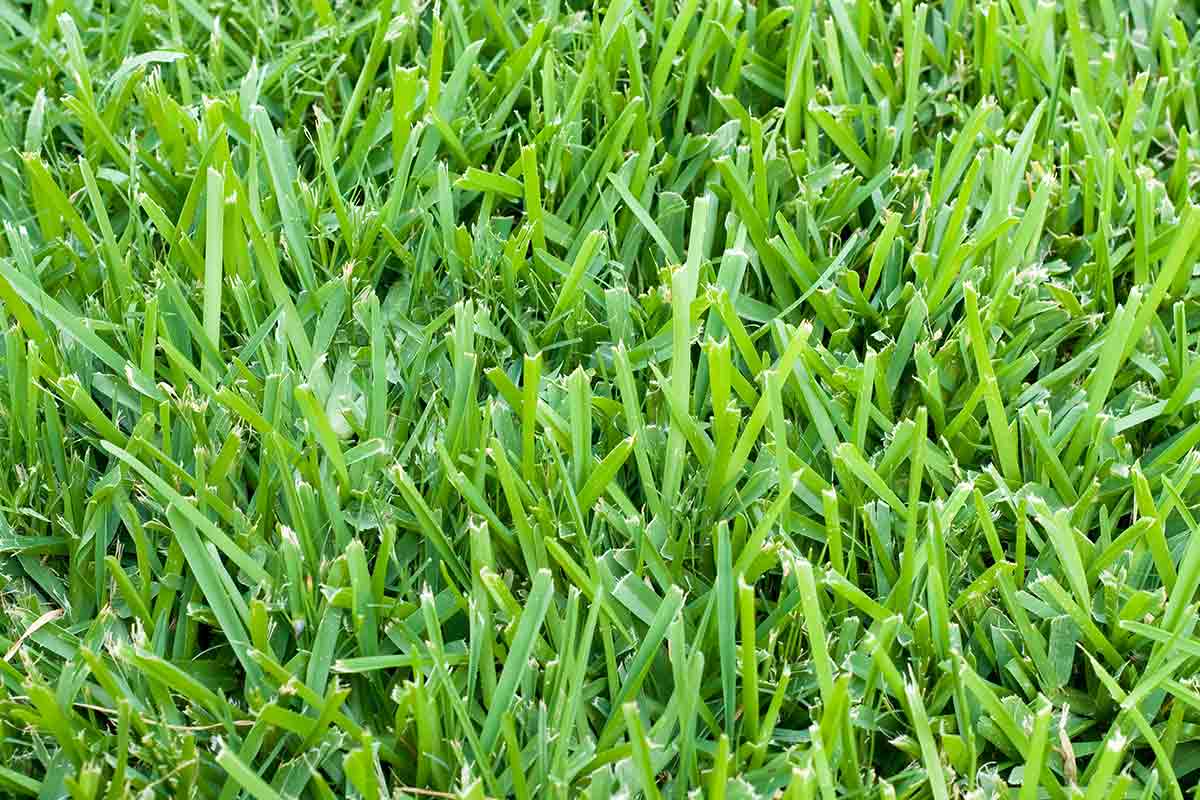
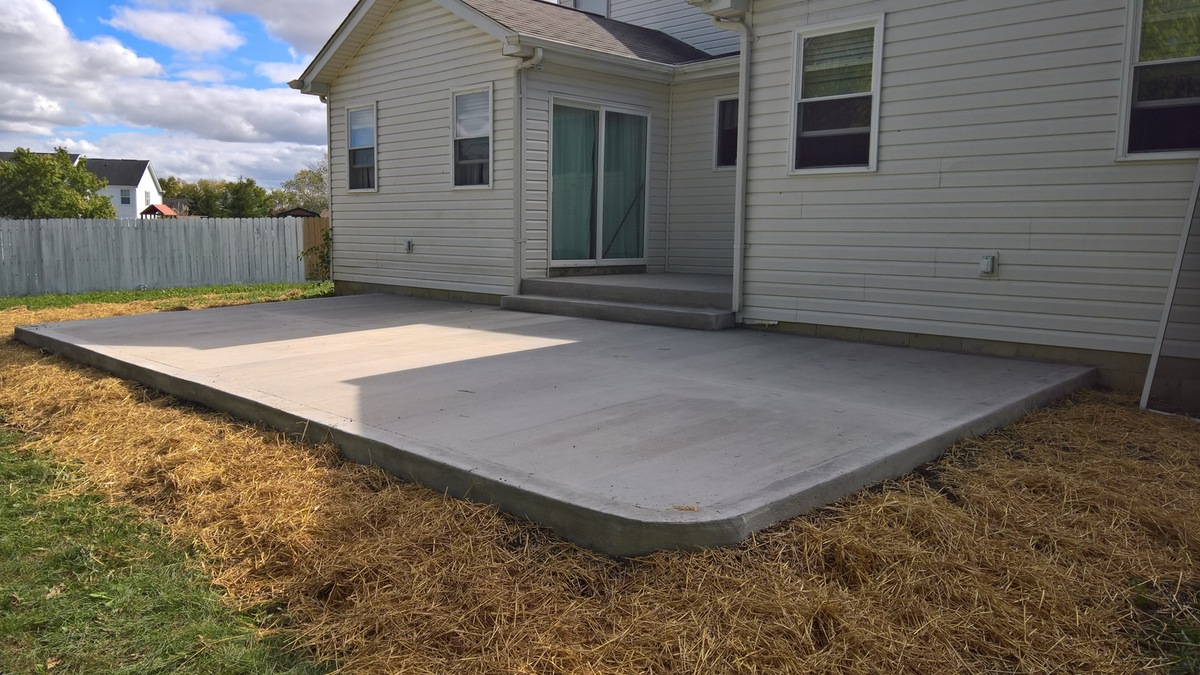
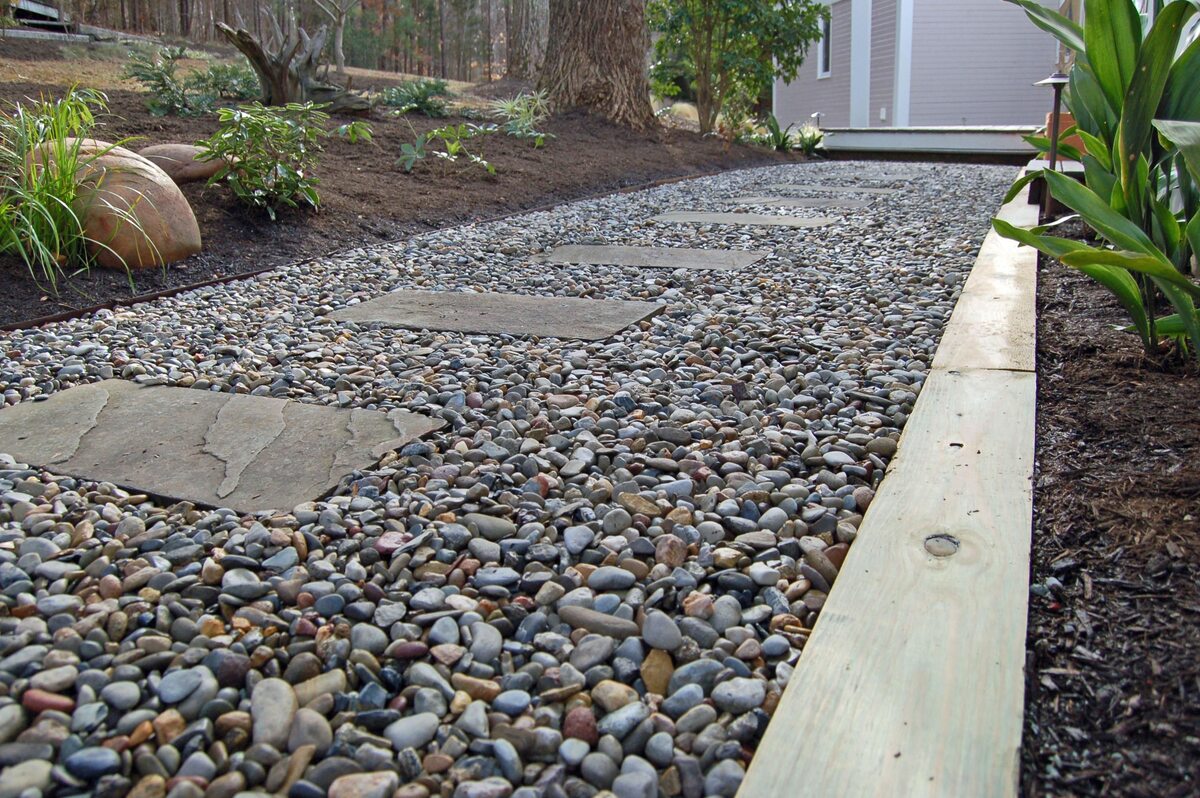

0 thoughts on “What Kind Of Grass Is Wimbledon”